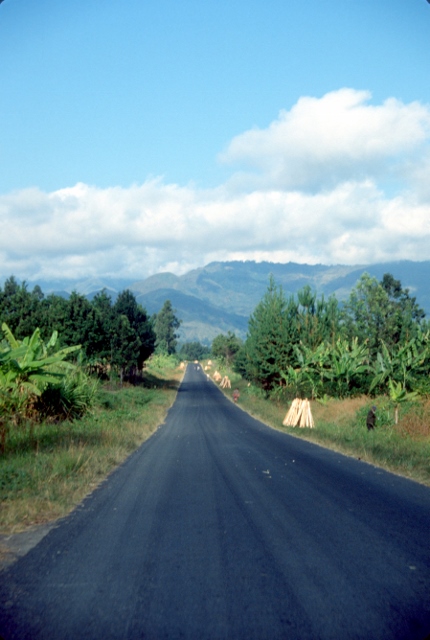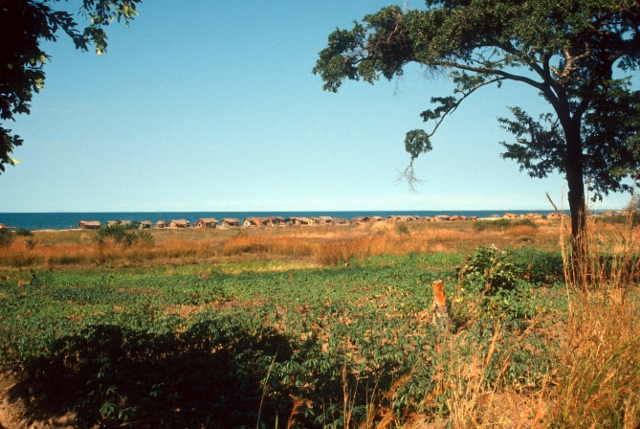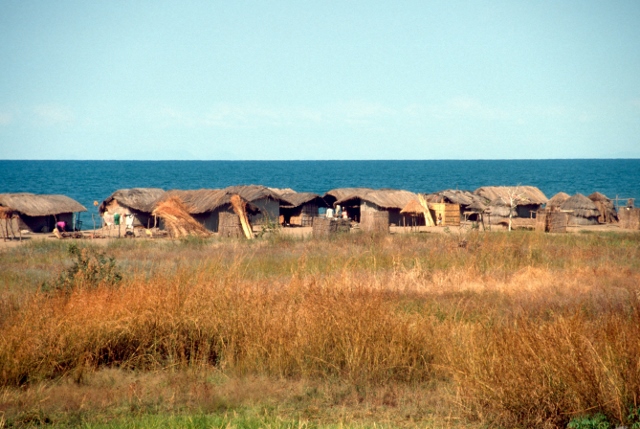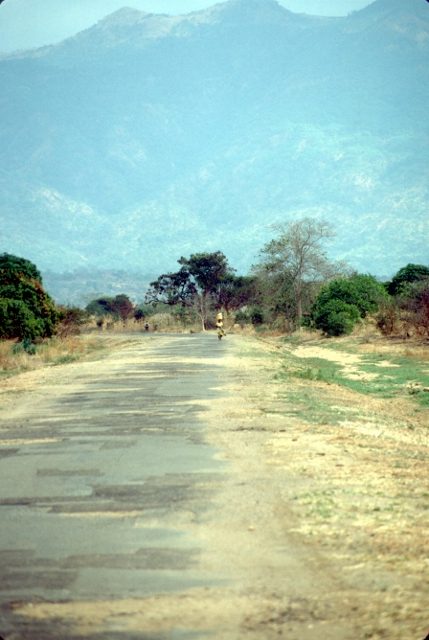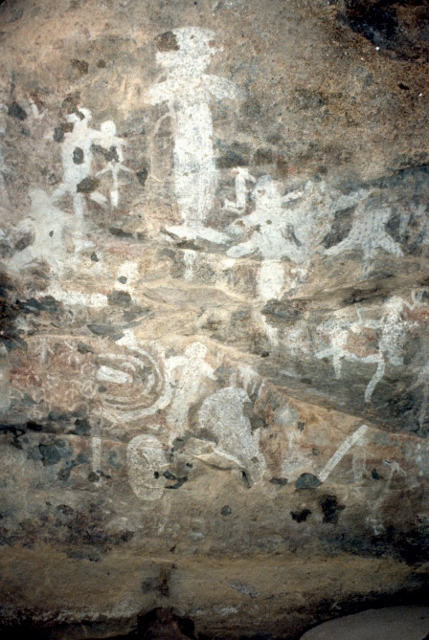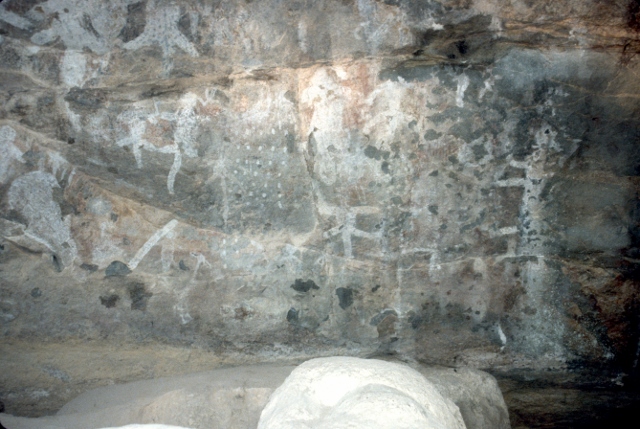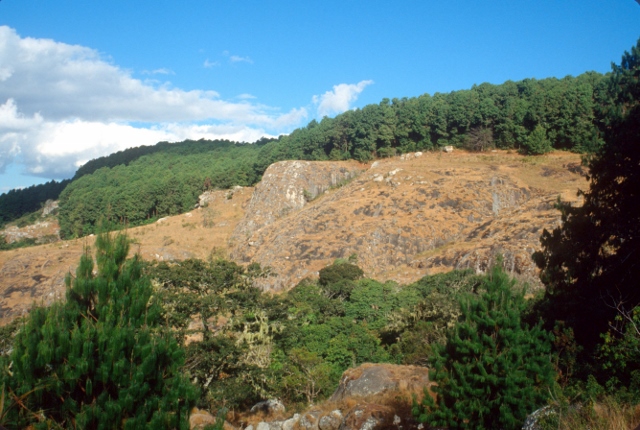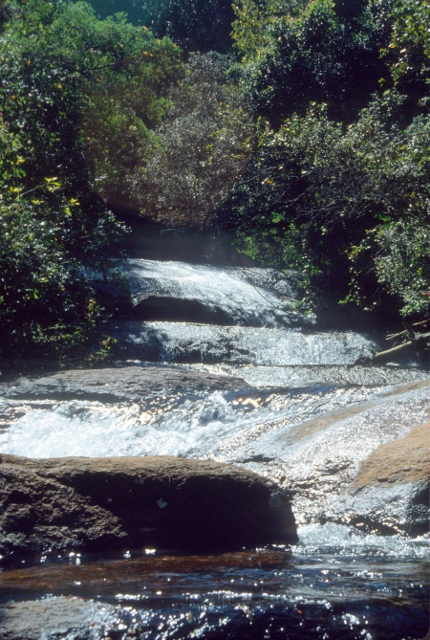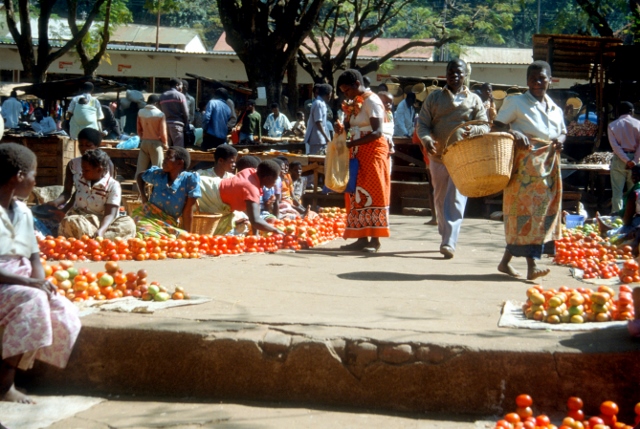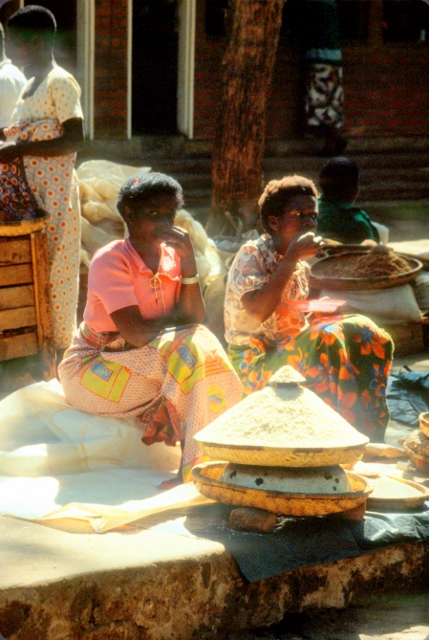East African Memories
Having reached the southwest of Tanzania, it was only a short hop across the border, into Malawi. Except that you had to have your hair cut in advance, because long hair – for men – was forbidden in Malawi. Oh, and women wearing trousers, also a no-no. You would just not be allowed entry into the country. In those days, the late 1980s, the laws, made by Hastings Banda, president since the 1966 independence and president-for-life since 1971, would be rigidly enforced. And that is also my strongest memory of that country, for the rest I cannot remember much of the trip.
photo: Malawi country side, and an African infrastructure one could only dream of in the 1980s
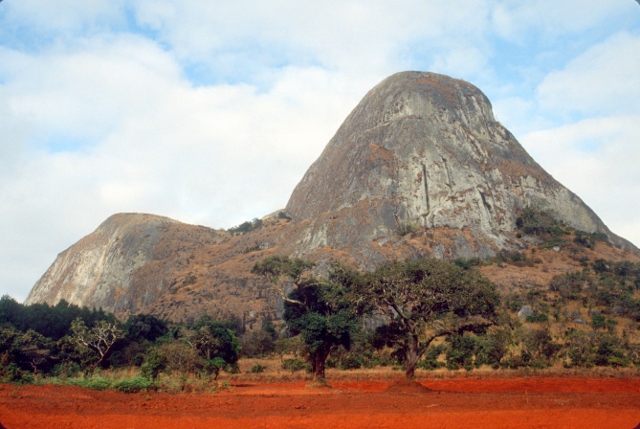
Lake Malawi
The dominant feature in the country is Lake Malawi, then called Lake Nyassa, which forms about 2/3rd of the country’s easter border. The southern-most African rift lake, up to 700 meters deep, was a major tourist attraction, especially for South Africans who couldn’t go anywhere else in Africa, shunned as they were because of their apartheid-based politics. Thus there were lots of comfortable resorts along the lake, unthinkable on the other side, in infrastructure-challenged Tanzania or civil- war-torn Mozambique.

Small villages along the lake had another feature: the African doctor. I hate to think what treatment would have been like, but they actively promoted themselves through billboards, and obviously enjoyed some local popularity.

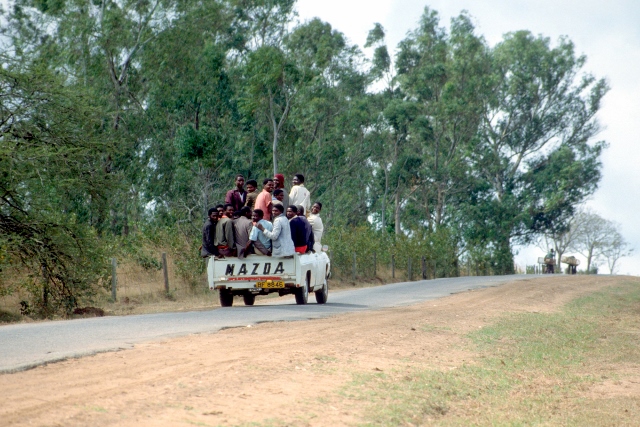
Mwala wa Mphini
There is not much of historical interest in Malawi, so an odd-looking local rock, Mwala wa Mphini – translated as the Rock of Tribal Face Scars – is a major tourist attraction. It has long been speculated that the grooves that make up the pattern on the rock face were expressions of early tribal artists, but most would agree that they are nothing else than the erosion of a geological fracture pattern.
Chongoni rock paintings
Of more historical significance are the rock paintings at Chongoni. In all honesty, I have seen much better rock art if Africa, notably in Zimbabwe, Namibia and South Africa, but these, apparently are unique because many of them have been made by agriculturalists, even well into the 20th Century (others, older, originate from hunter-gatherer tribes, more common amongst the rock artists, but still relatively rare in Central Africa).
Zomba Plateau
In the south of the country, towards Blantyre, is the town of Zomba, base for trips into the Zomba Nature Reserve, a beautiful mountainous area, with high peaks, dense forest and lovely streams and waterfalls. Zomba itself was a nice little market town, of which, once again, I don’t remember much other than what I can see on the photos.
What I do remember vividly, though, was my reluctance to step across the border into Mozambique. At some place the road we drove formed this border, illustrated by bombed out houses on the Mozambican side. I could have easily set foot in Mozambique, a country then involved in a brutal post-independence civil war, if it was not for the numerous mine fields that reputedly had been laid, to keep insurgents from crossing into Malawi. And me from stepping across.
